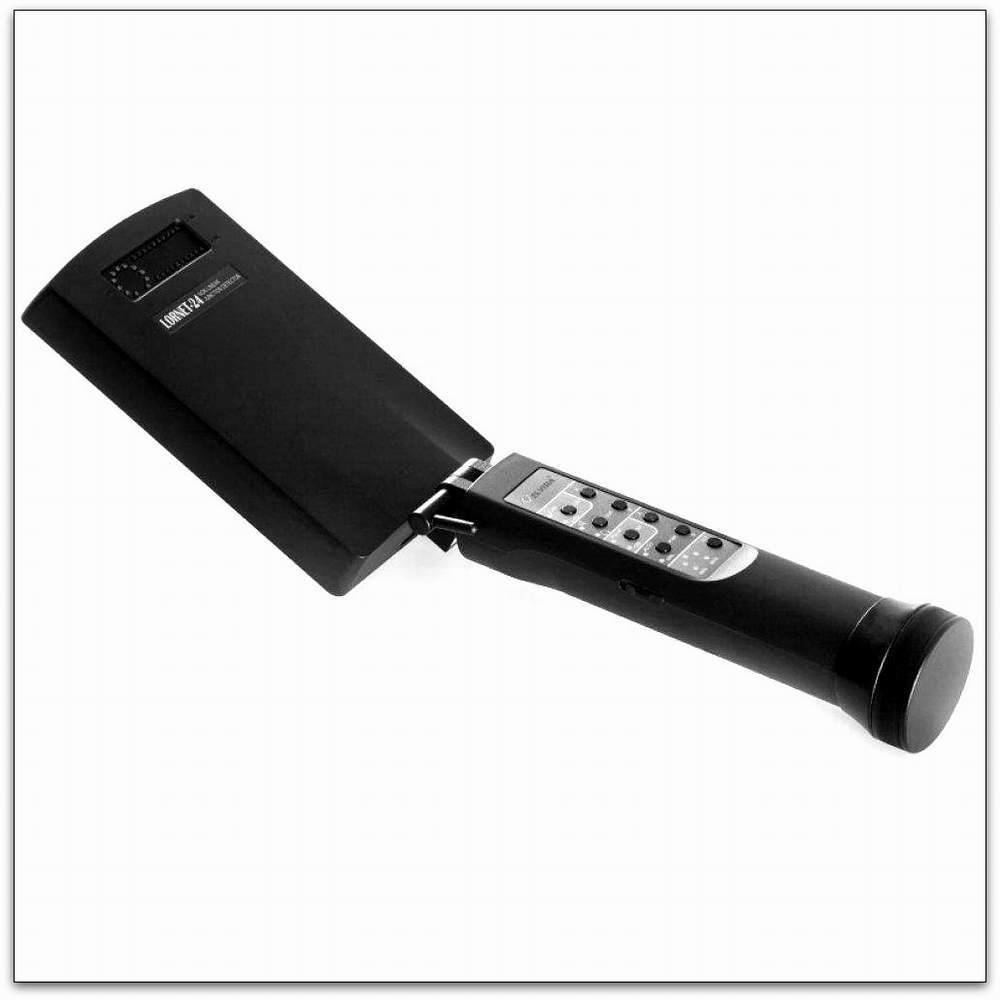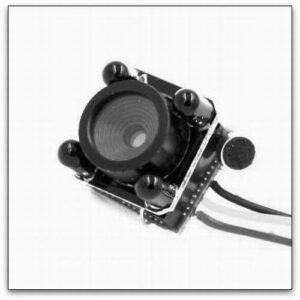Lornet 24 (NLJD)
41,820.00 zł
Non-linear Junction Detector (NLJD)
Produkt dostępny na zamówienie
Opis
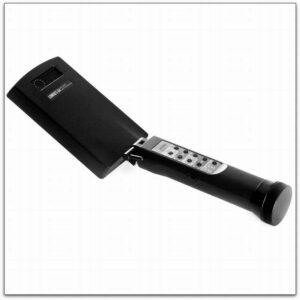
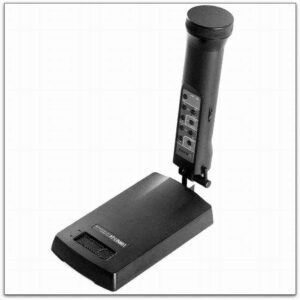
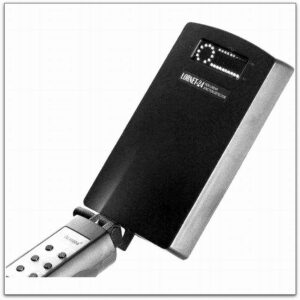
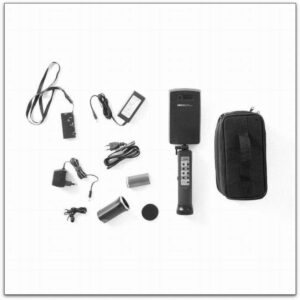
Lornet-24 is a unique non-linear junction detector that is notable for its compact size, ergonomic design and weight. Owing to its thinnest antenna (only 18 mm thick) it can be used for the hard-to-search places. Lornet-24 is highly competitive with most popular models of non-linear junction detectors. It can operate in the continuous and pulse mode as well, having a variable power output. Automatic frequency selection allows operation in complex electromagnetic environment. Its power output is harmless to operator’s health. Operation at higher frequencies makes it in some cases more efficient than detectors with standard frequencies but with greater power output.
Adventages:
– Signal range detects the ultra-small (<1cm2) semiconductor elements.
– Folding, ultra-compact and lightweight – only 700g.
– Reliable detection of the SIM card at a distance of 10-15cm.
– User friendly interface and unified push-button control. It does not require pre-setting before the start.
– For efficient identification of artificial and natural semiconductors a listening through a built in speakerphone or headphones can be used after AM decoding of the signal in continuous mode.
– Lornet-24 is equipped with an automatic system of protection against centered jamming by criterion of a minimum noise in the reciever path of the 2nd harmonic.
– Electromagnetic radiation towards the operator is many times less than one setted by the Regulator.
– Availability of the automatic and manual control modes for the levels of the 2nd or 3rd harmonic of probing signal power increases the convenience of search works.
Characteristics:
– Radiation mode: continuous, pulse
– The frequency of the probing signal in the range: 2400MHz
– The max power output: (max.//average)
– Pulse mode: 10W//230mW
– Impulse mode with small duty cycle (CW): 200mW
– Receiver sensitivity: -110dBm (-140dBmW)
– The dynamic range of the receive path: 24dBm
– The adjustment range of the probing signal power: 20dBm
– Battery life at max power in a pulsed / continuous mode: 3h/1.5h
– Device dimension (folded): 39x10x6cm (22x11x7cm)
– The full weight of the item in active status: 700g
– The bag dimensions: 44x30x35cm
– The full weight of the item in a bag: 1.7kg
– The operating temperature range: +5oC+40oC
Non Linear Junction Detectors:
In 1970s Americans detected wires in the concrete columns of the American Embassy in Moscow. The bugs were installed during the construction of the building, and there was no other way to extract them except for complete destruction of the building. One shouldn’t neglect the importance of correct frequency tuning of NLJD equipment for different types of search environment (for instance, concrete walls). Bugs or wires (as covert listening devices are commonly called) can be set up deep in concrete columns and they still will be transmitting signals. Non-linear junction detectors (NLJD) are devices designed for search and detection of different types of covert listening devices, various electronic appliances and transmitters comprising of semiconductors. The principle of NLJD equipment operation is based on emission of high radio frequency energy in an area. Detectors have a sensitive receiver designated for reception of objects’ echo signals which, for operator’s convenience, are marked down with sound or displayed on graphical user’s interface. Depending on the model, non-linear junction detectors are capable of detecting almost any electronic appliance in any operational mode: active, stand-by, switch-off. The designation of such devices consists in detection of radio microphones, microphone amplifiers, dictophones in premises (walls, floors, ceilings, furniture, etc.). Non-linear junction detectors acquired a reputation as perfect means of counter-espionage, as embassies and other diplomatic posts are known to be most popular targets for eavesdropping equipment. Specific models of NLJD are used by the police in search for weapons during events involving great masses of people. Detectors are used for providing location secure from covert listening devices in different organizations. Non-linear junction detectors can serve multiple purposes and have a wide range of implementation, starting from ground detectors up to equipment used for detection of mobile phones. Wide range of NLJD is presupposed by the type of material or surface for search operations – ground detectors are preferable for object detection in soil, portable detectors tuned to appropriate frequency are better in search within wooden furniture. Non-linear junction detectors have a very peculiar designation, therefore their usage is conditioned by goals set by customers. Taking into account great variety of NLJD equipment there is a specific model for any purpose you may require. Current NLJD products line include models for various applications.
Why Non Linear Junction Detectors?
NLJD technology has proven to be most effective in detection of semiconductors containing multiple layers of silicon, a P-Type and an N-Type. The point where they meet is called a Non Linear Junction.Non Linear Junction also appears in nature: dissimilar metals in contact with one another; the rust on metals resulting from corrosion.

